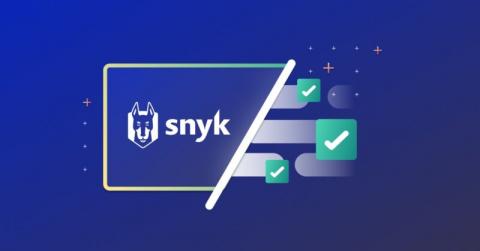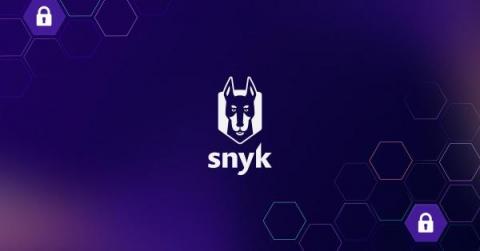Is your team on the *security* naughty or nice list?
As kids, many of us felt anticipation, excitement, and maybe even nervousness during the holiday season. Had we been good enough to get the Gameboy, Barbie Dream House, or Etch a Sketch we’d been pining for, or were we just going to get a big ol’ lump of coal?











